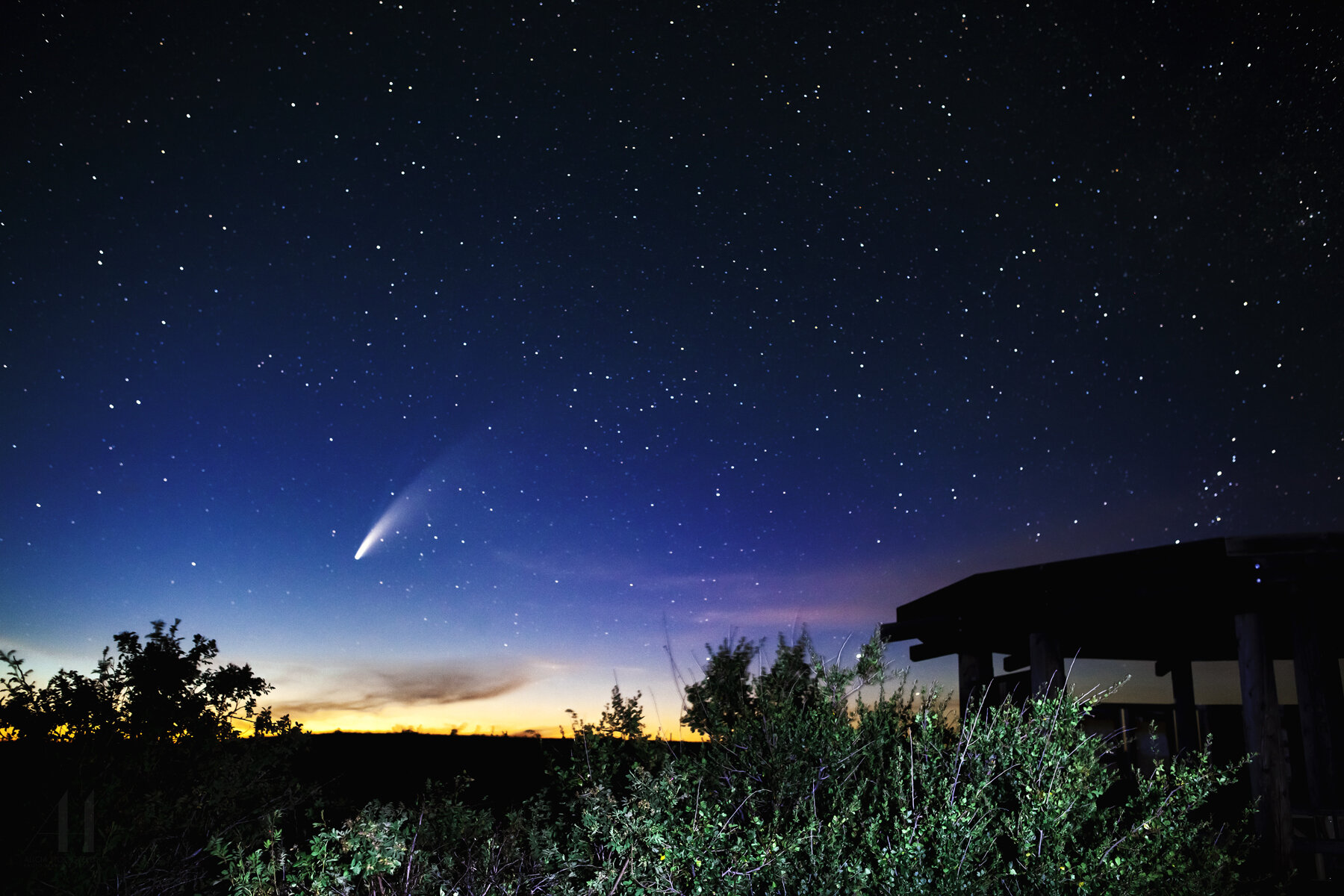
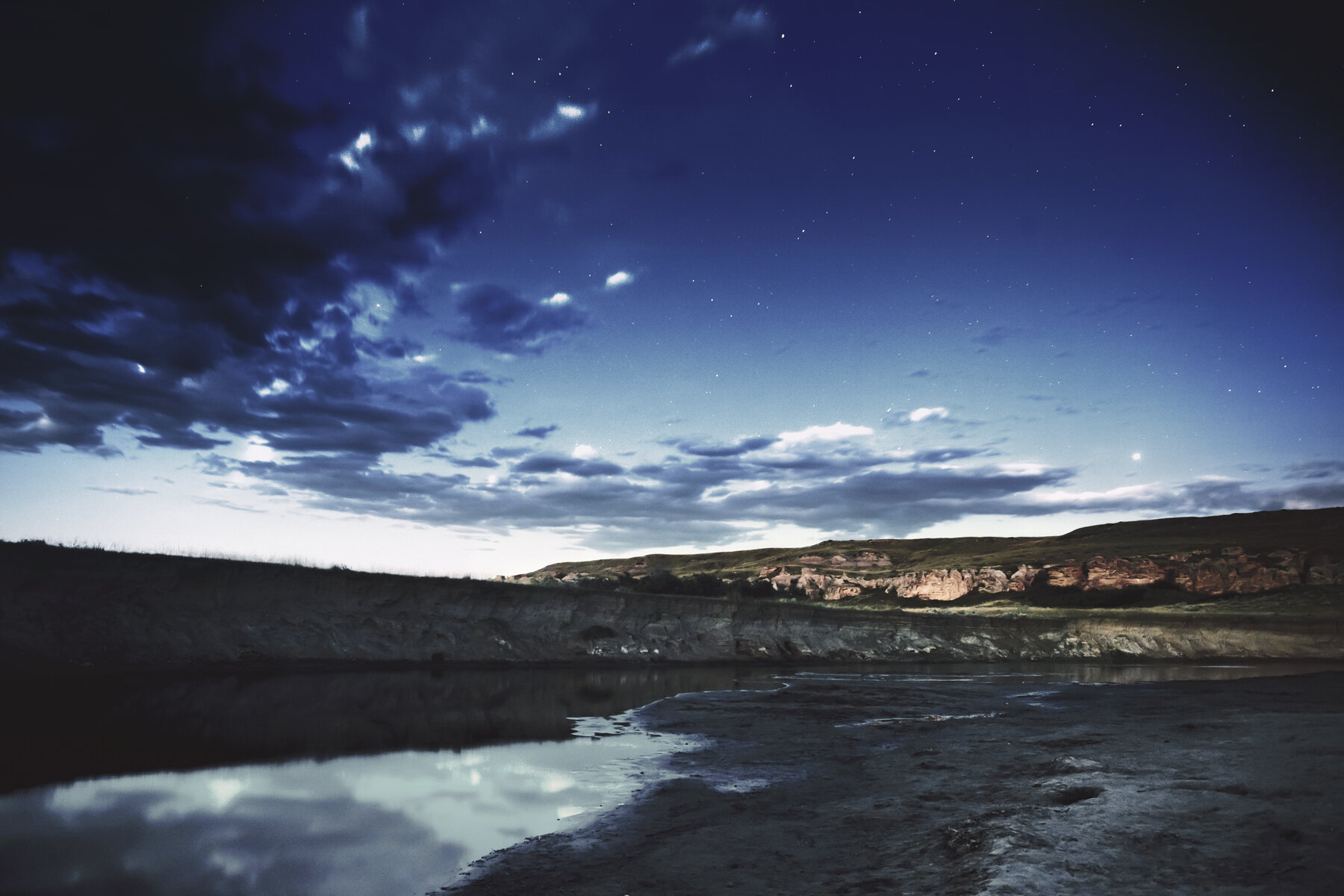
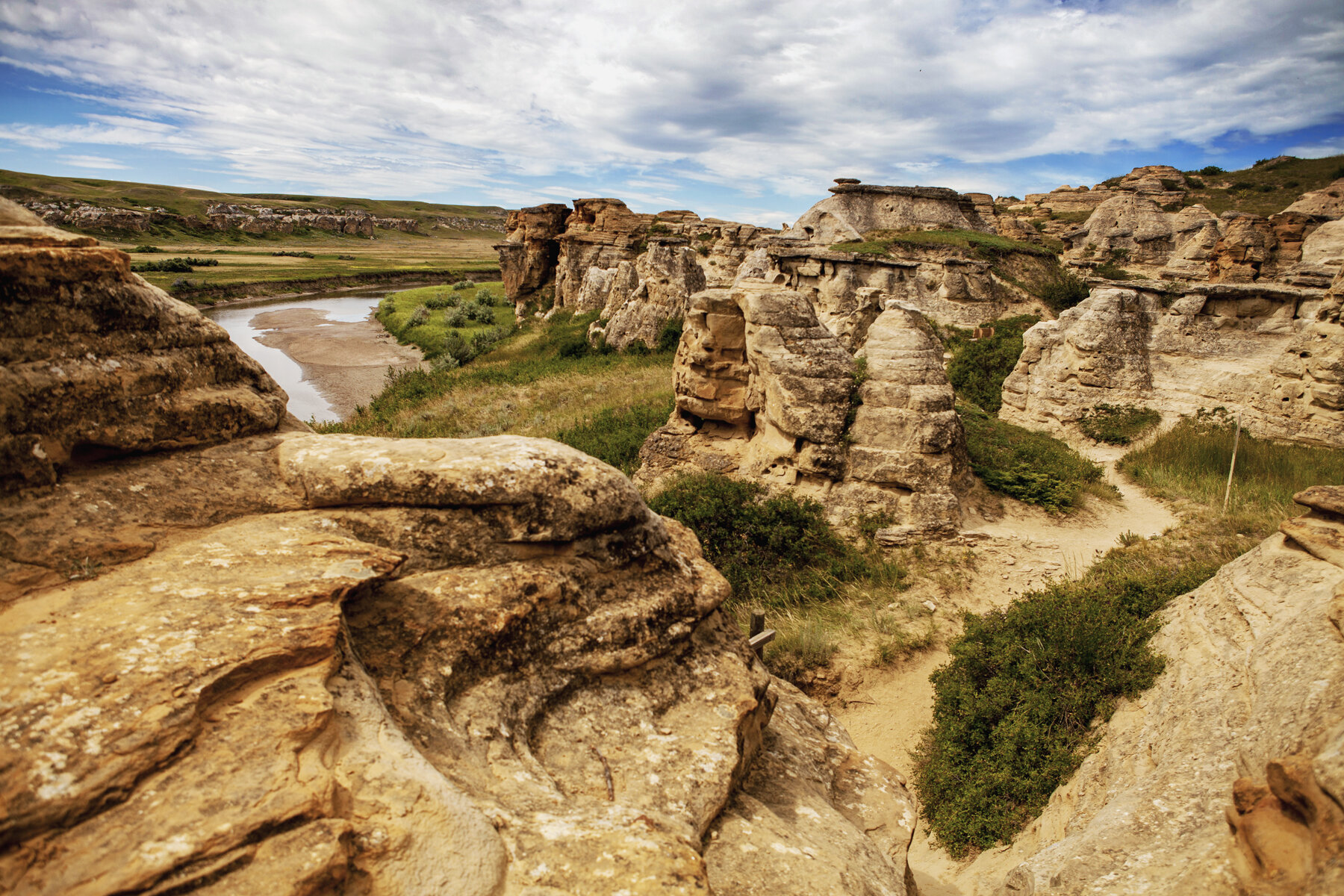
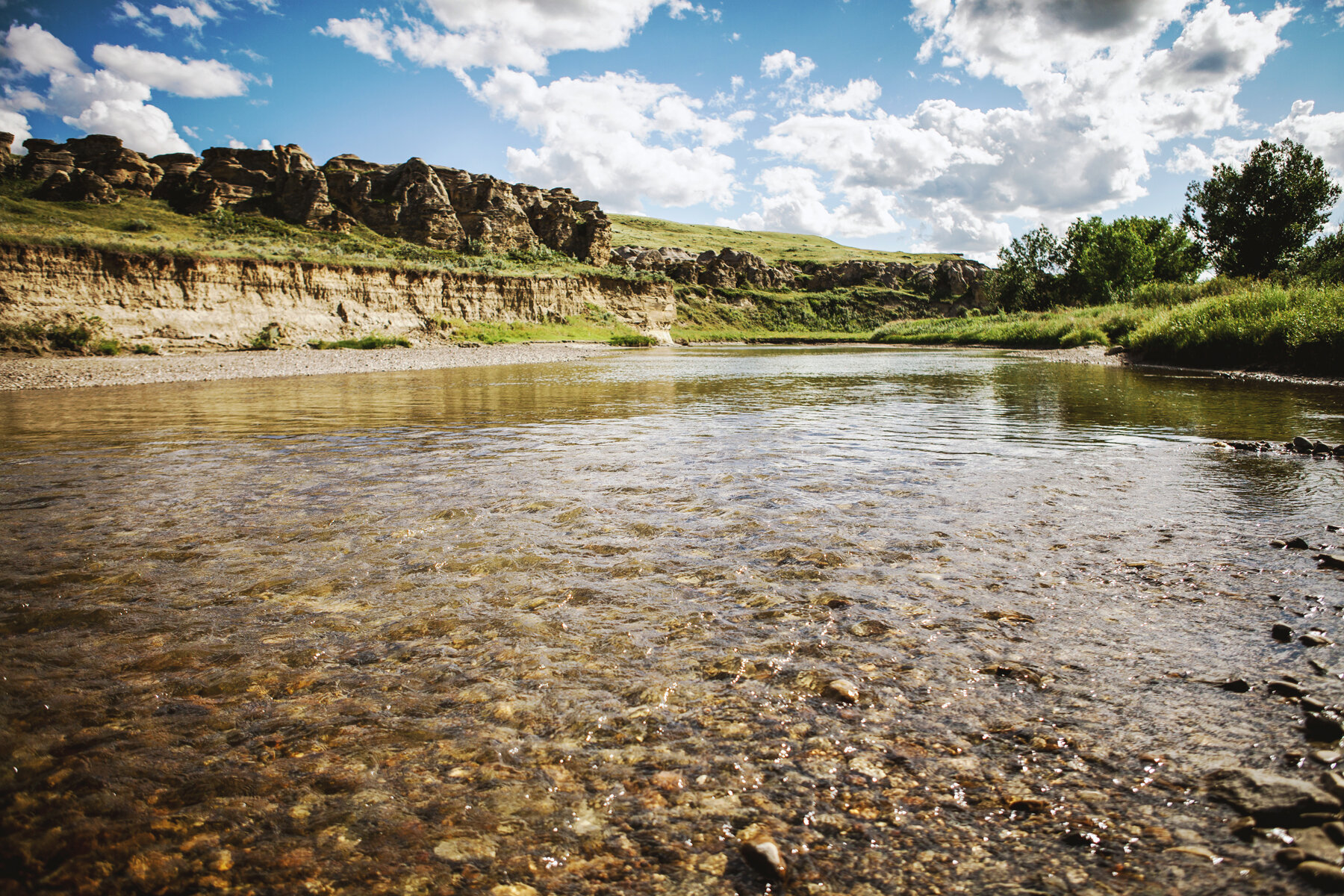
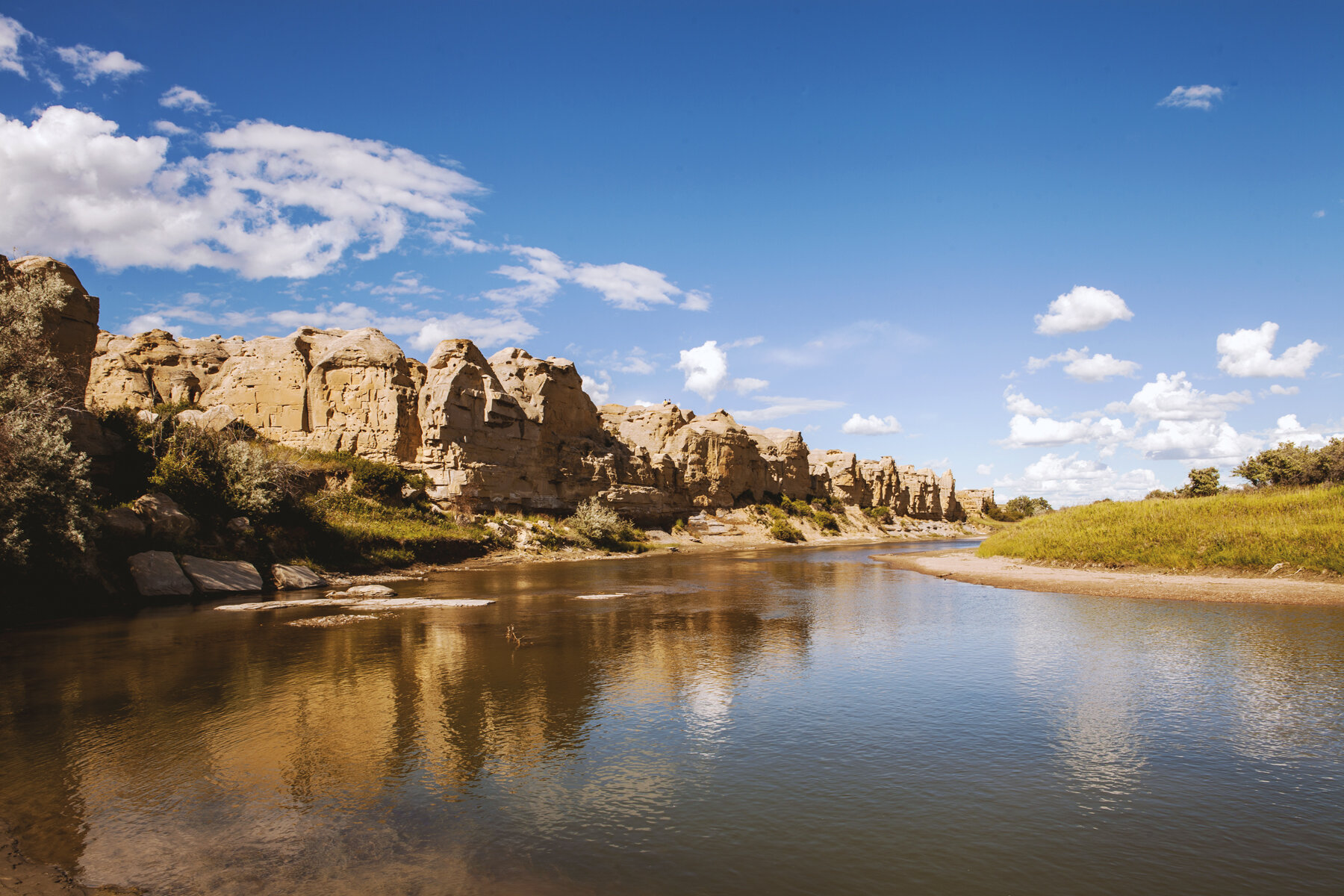
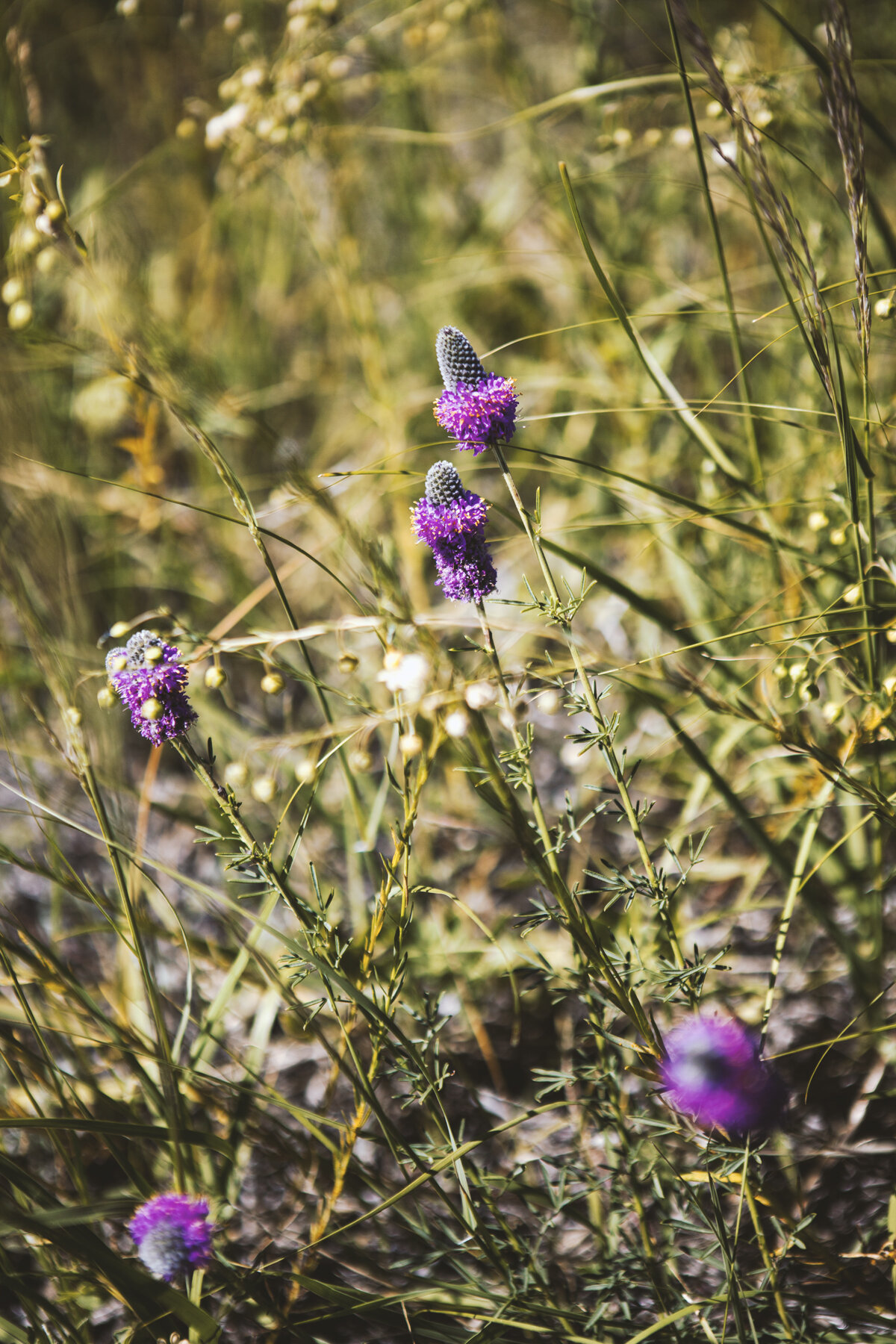
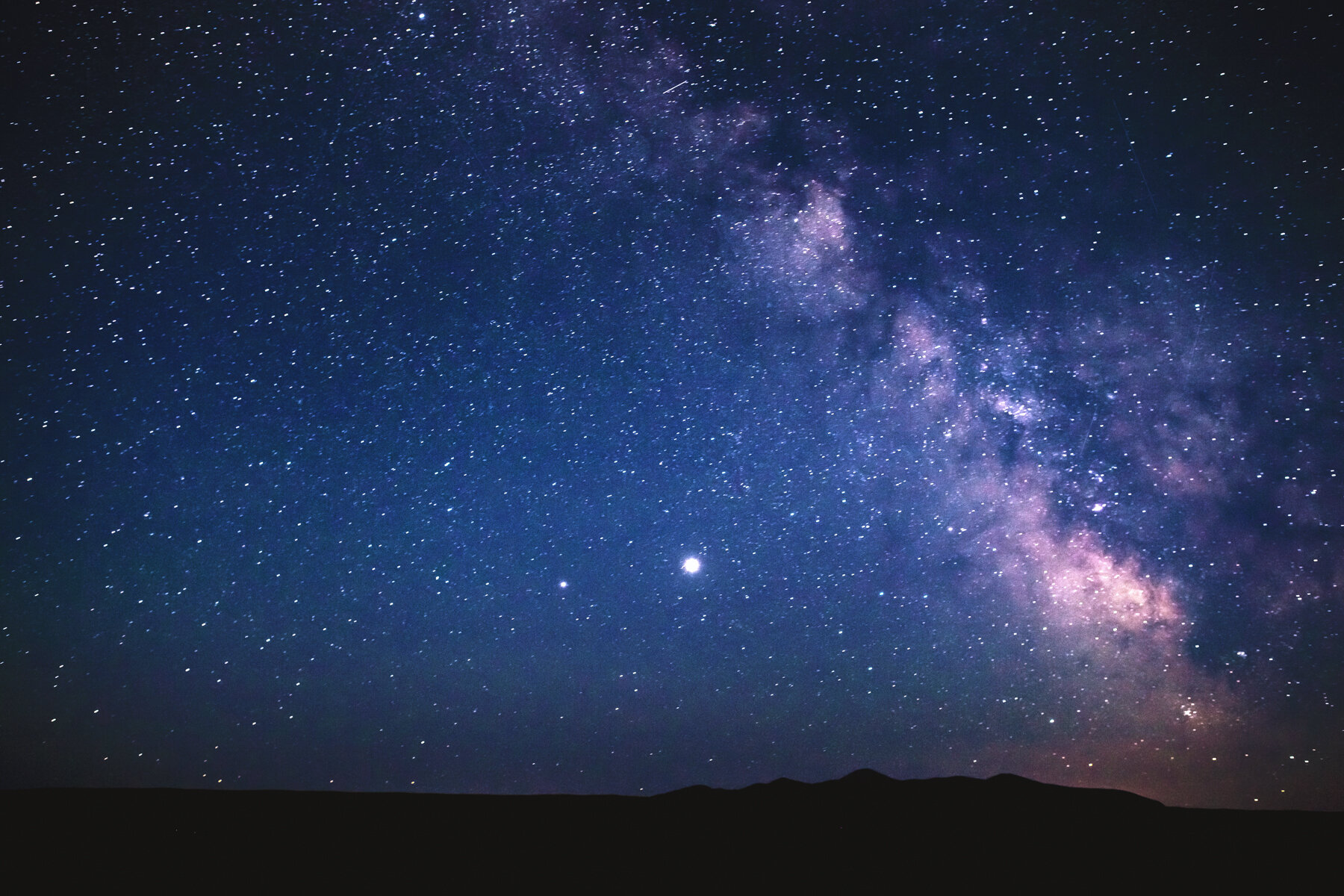

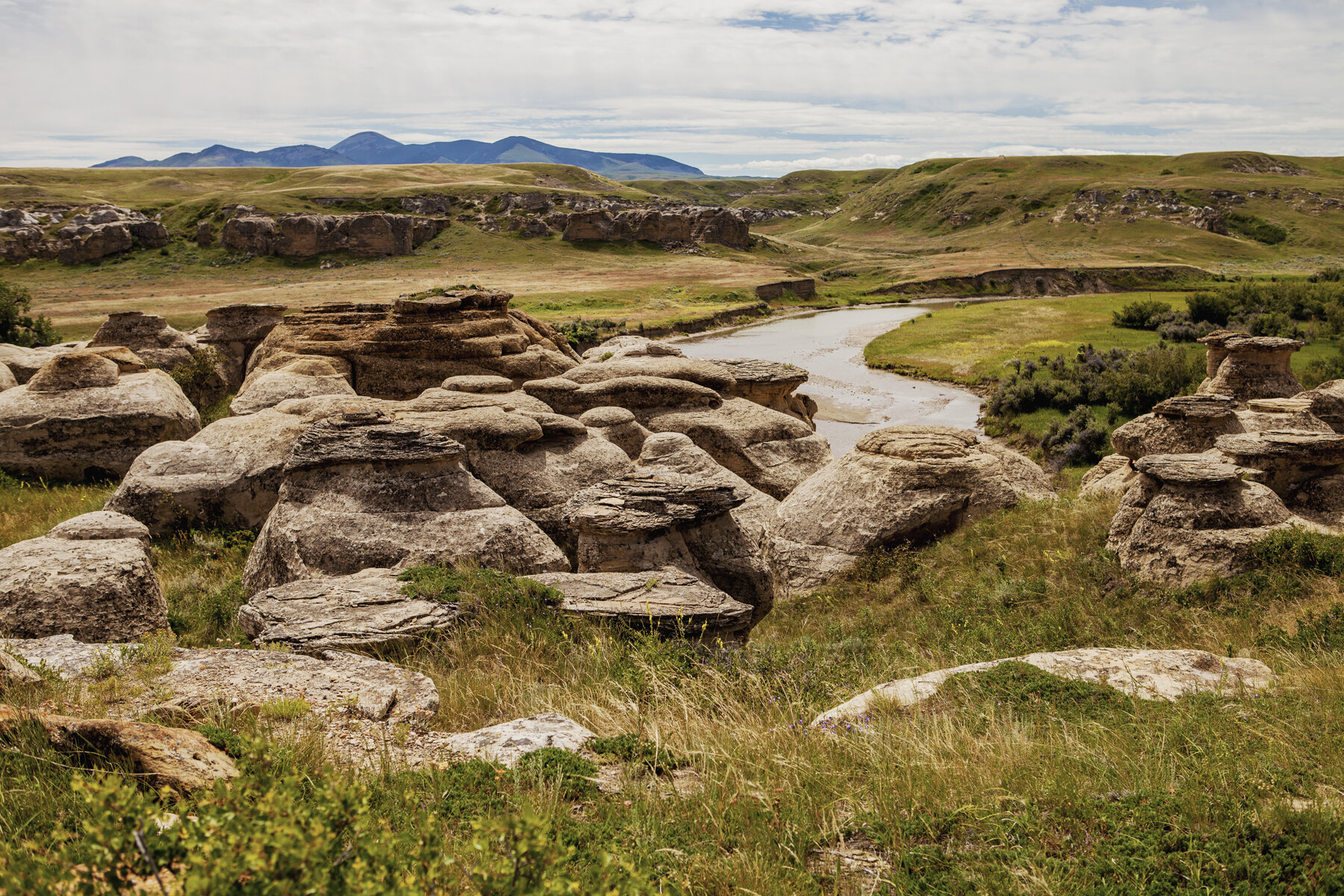
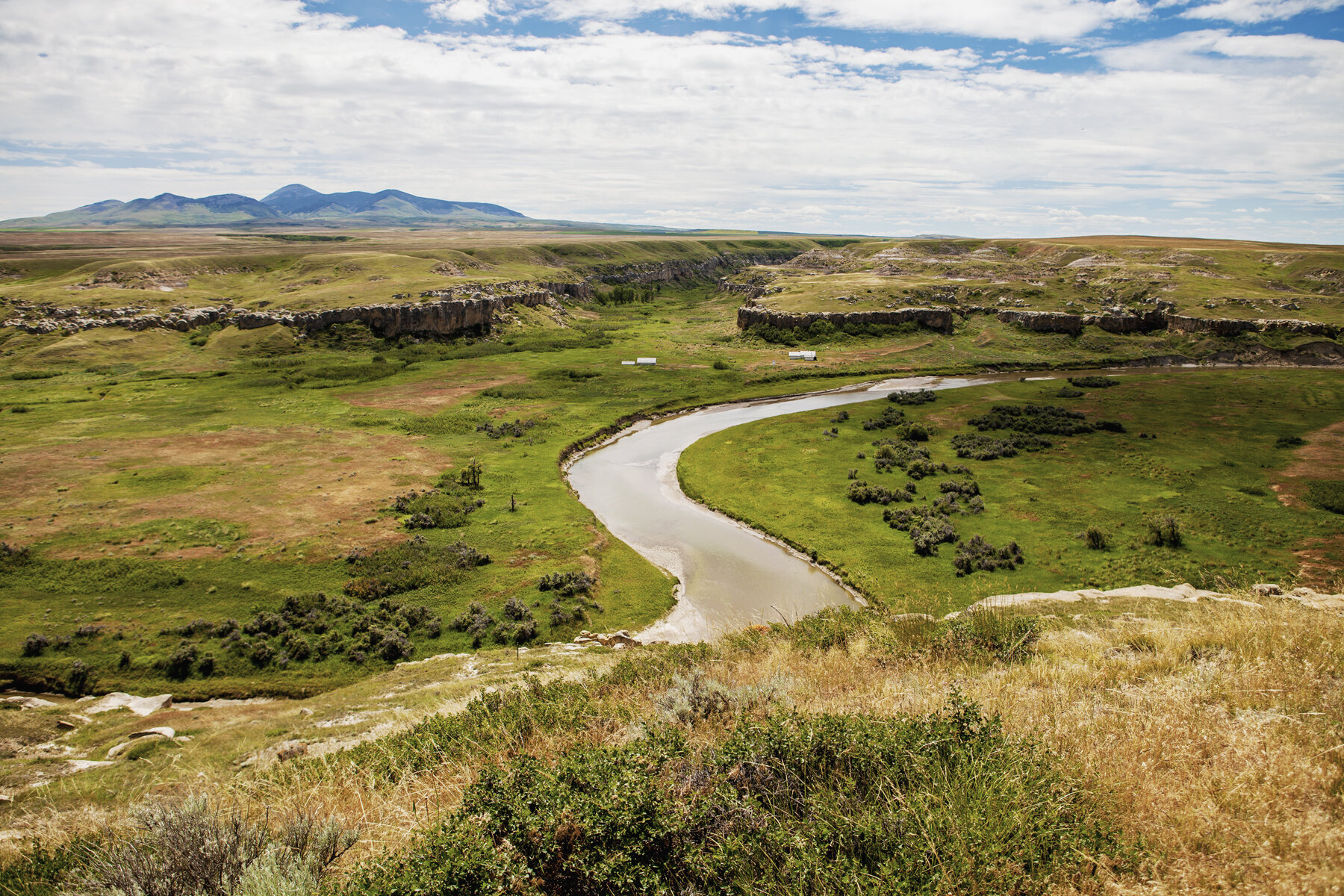
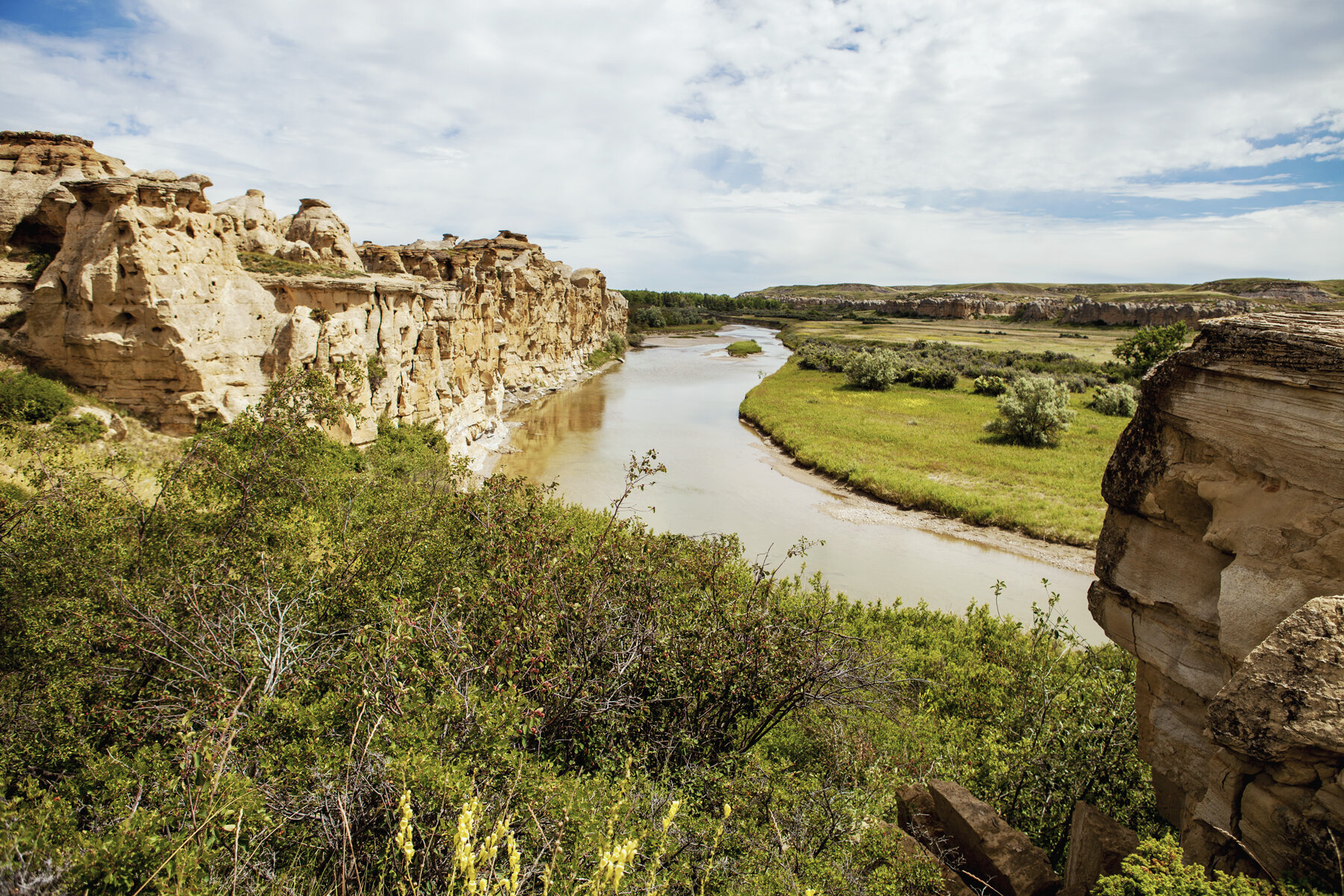
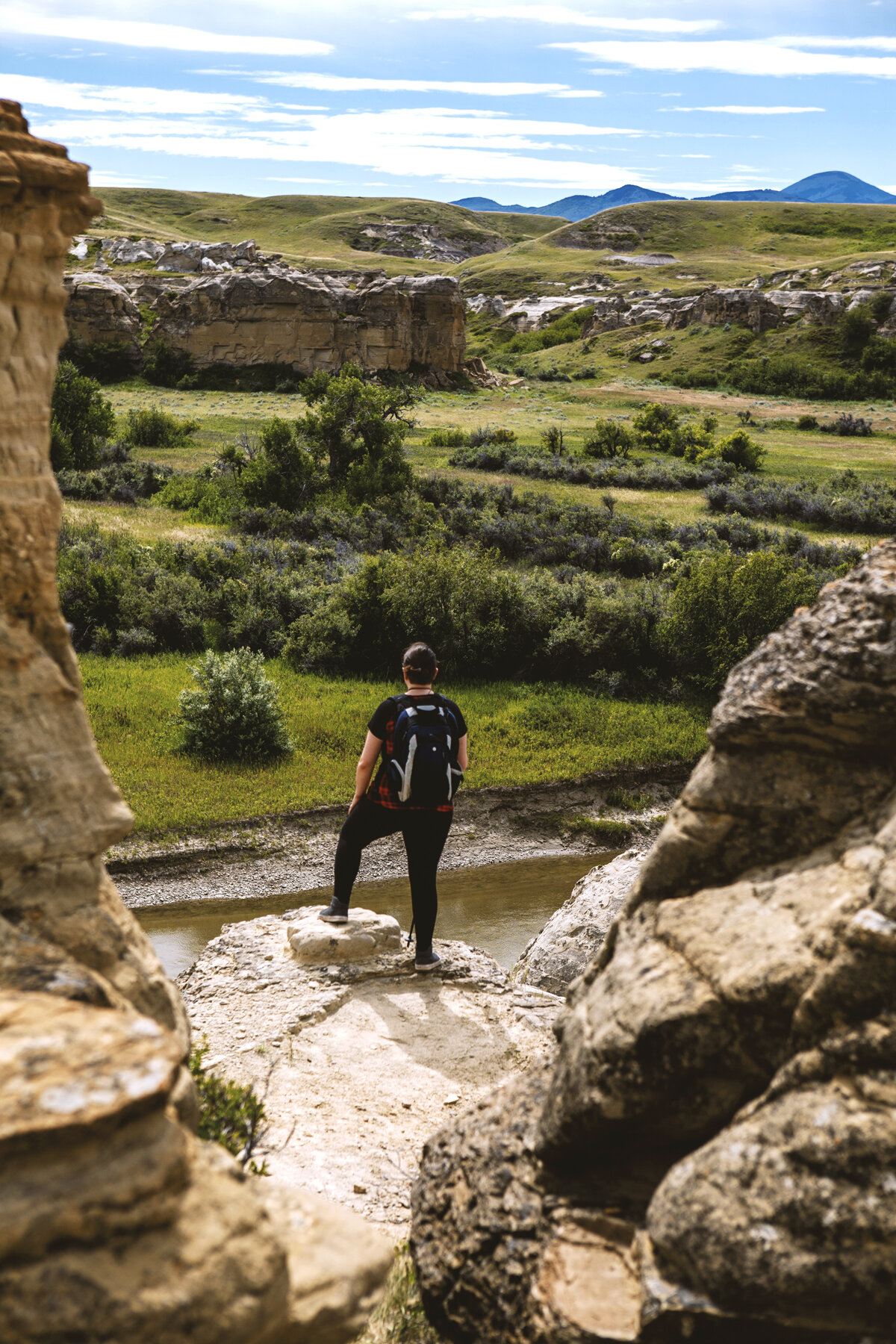
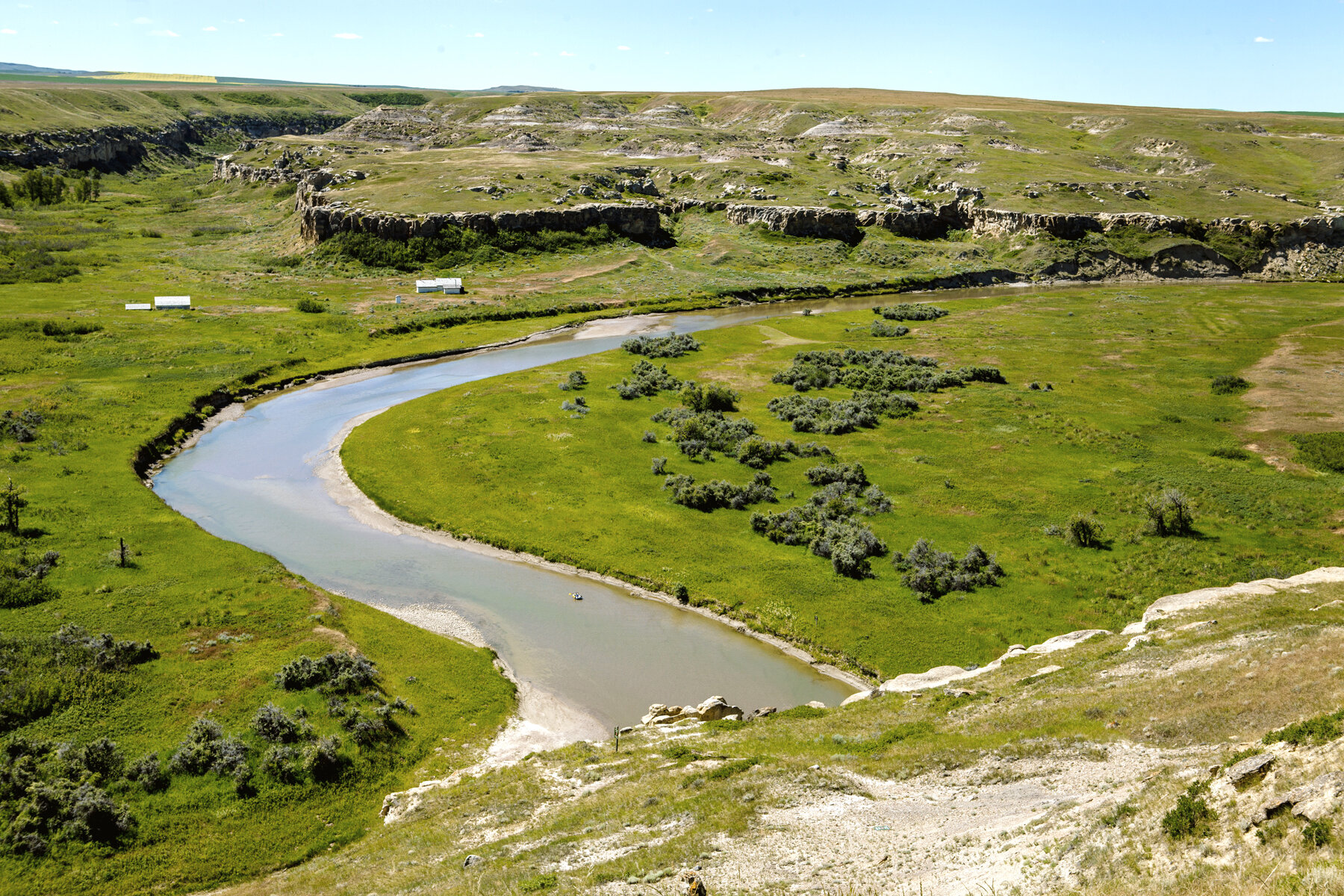
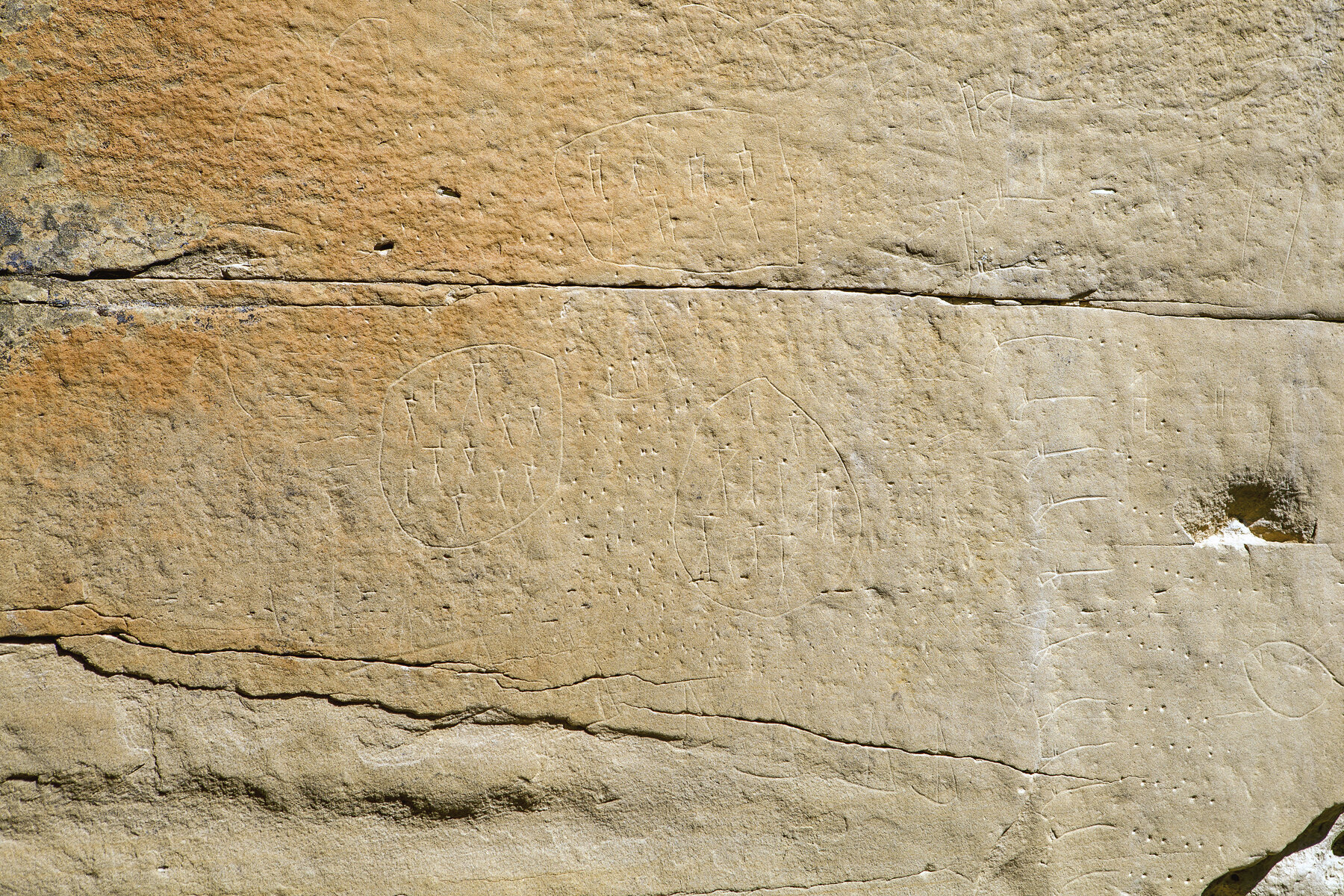
It’s been a busy and intense year for me between world events and my upcoming nuptials, so when my parents booked 3 nights at one of Alberta’s most beautiful provincial parks, I jumped at the chance to join them. I followed their 30 ft RV into the gorgeous river valley chock full of towering hoodoos and fascinating history. I had visited the park only once before, but this trip was a far richer experience. Shortly after arriving, I received word from a friend that “the comet of our lives” would be visible during our stay. It felt like kismet. We had an incredible time there touring the historic rock art, hiking the sizzling Hoodoo Trail, taking in the breathtaking views, and staying up late to enjoy comet NEOWISE gracing the stunning dark sky
Áísínai’pi (Writing-on-Stone) Provincial Park, which was named a UNESCO World Heritage Site just last year, has a rich First Nations history. It is known to be the site of vision quests, where one could come to receive guidance from powerful spirits. The numerous petroglyphs and pictographs are evidence of the various visitors, some dating back thousands of years.
“These carvings and paintings tell of the lives and journeys of those who created them, and of the spirits they found here. The towering cliffs and hoodoos had a powerful impact on the native visitors, who believed these were the homes of powerful spirits. The shelter of the coulees and the abundance of game and berries made the area that is now the park an excellent location for these nomadic people to stop on their seasonal migrations. While the greatest use of the area was made by those in transit, there is some evidence, including tipi rings and a medicine wheel, that there was some permanent settlement here.”
“The Blackfoot Confederacy (Siksikáíítsitapi) left engravings and paintings on the sandstone walls of the Milk River Valley, bearing testimony to messages from Sacred Beings. Dated in situ archaeological remains cover a period between ca. 4,500 BP - 3,500 years BP and the Contact Period. This landscape is considered sacred to the Blackfoot people, and their centuries-old traditions are perpetuated through ceremonies and in enduring respect for the places.”








